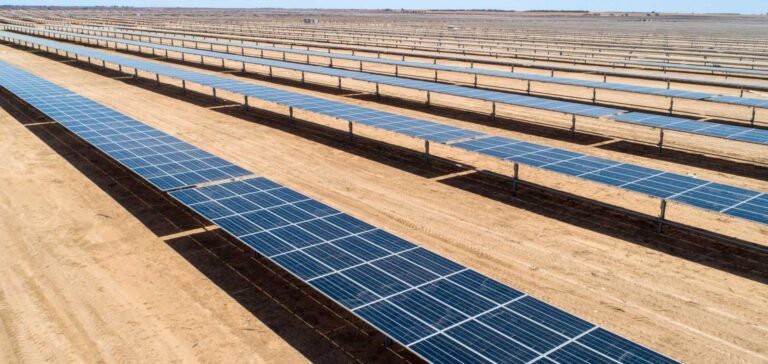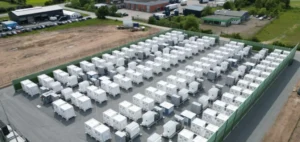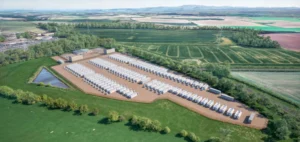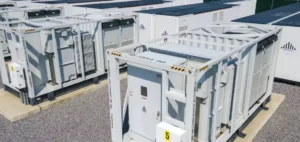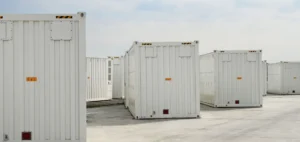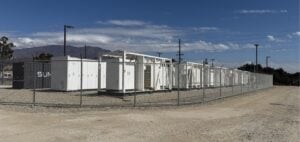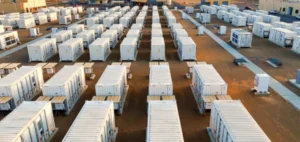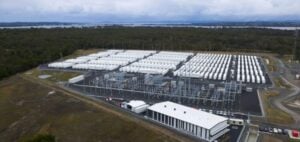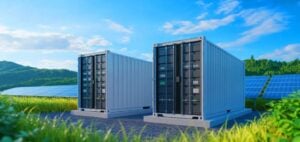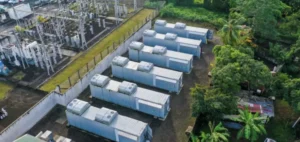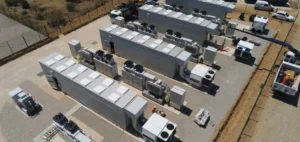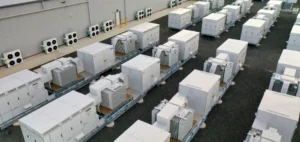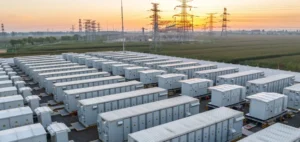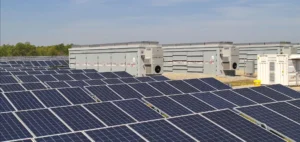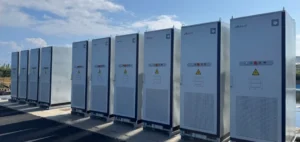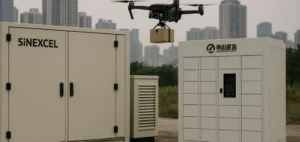RWE Renewables Europe & Australia, a leading global renewable energy company, has won a competitive tender in New South Wales, Australia. The offer was to provide long-term energy service contracts to developers of long-term storage projects.
RWE’s Limondale battery energy storage project, with a planned installed capacity of 50 megawatts (MW) and 400 megawatt hours (MWh), was selected. It will be located next to RWE’s existing 249 MWac Limondale solar power plant, leveraging the existing power grid infrastructure. The project is being finalized for an investment decision within the next 12 months.
Limondale Solar Power Plant
New South Wales has set an ambitious goal of replacing aging coal-fired power plants with zero-emission generation and storage facilities. This bipartisan policy is supported by an auction schedule for new renewable and energy storage capacity through 2030.
In Balranald, New South Wales, RWE owns and operates a photovoltaic plant, Limondale, with an installed capacity of 249 MWac. This large-scale solar power plant consists of 872,000 panels and covers an area of 770 hectares. Commercial operation began in 2021.
Battery energy storage at RWE
Battery energy storage systems are a critical component of the energy transition, storing excess renewable energy and releasing it when the energy is most needed. As a driving force in the energy transition, RWE develops, builds and operates battery energy storage systems in Europe, Australia and the USA. Currently, RWE operates large-scale battery energy storage projects with an installed capacity of approximately 300 MW (380 MWh), while completing battery energy storage projects worldwide with a capacity of over 900 MW (2,300 MWh).
Globally, RWE aims to build battery energy storage systems with a total capacity of 3 gigawatts by 2030. In Germany, at the end of 2022, RWE announced its decision to invest in a new, nearly interconnected battery energy storage project with a capacity of 220 MW (235 MWh).


